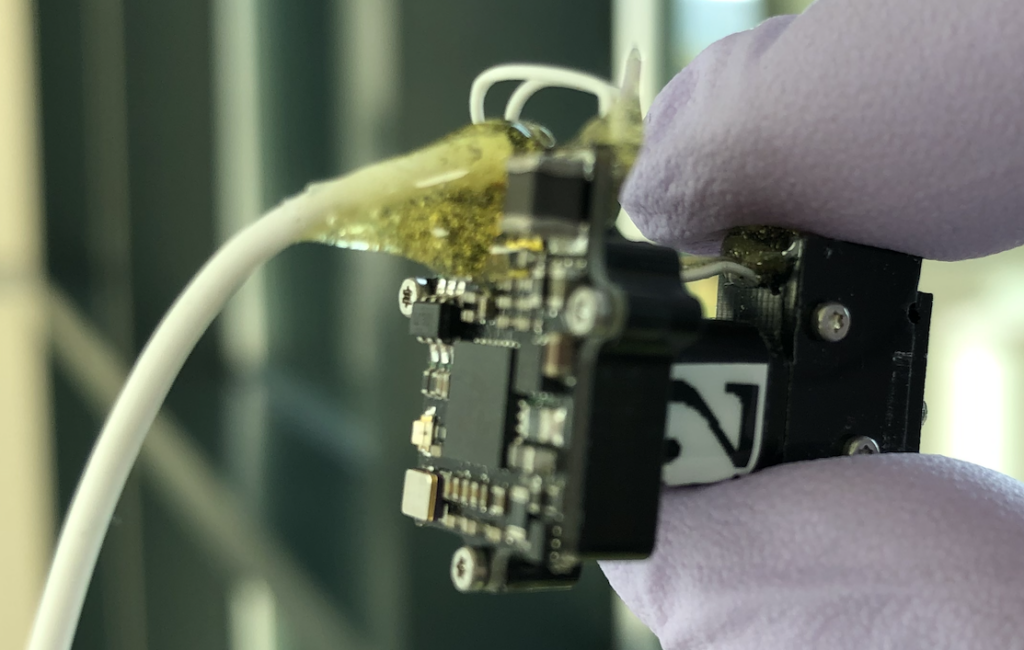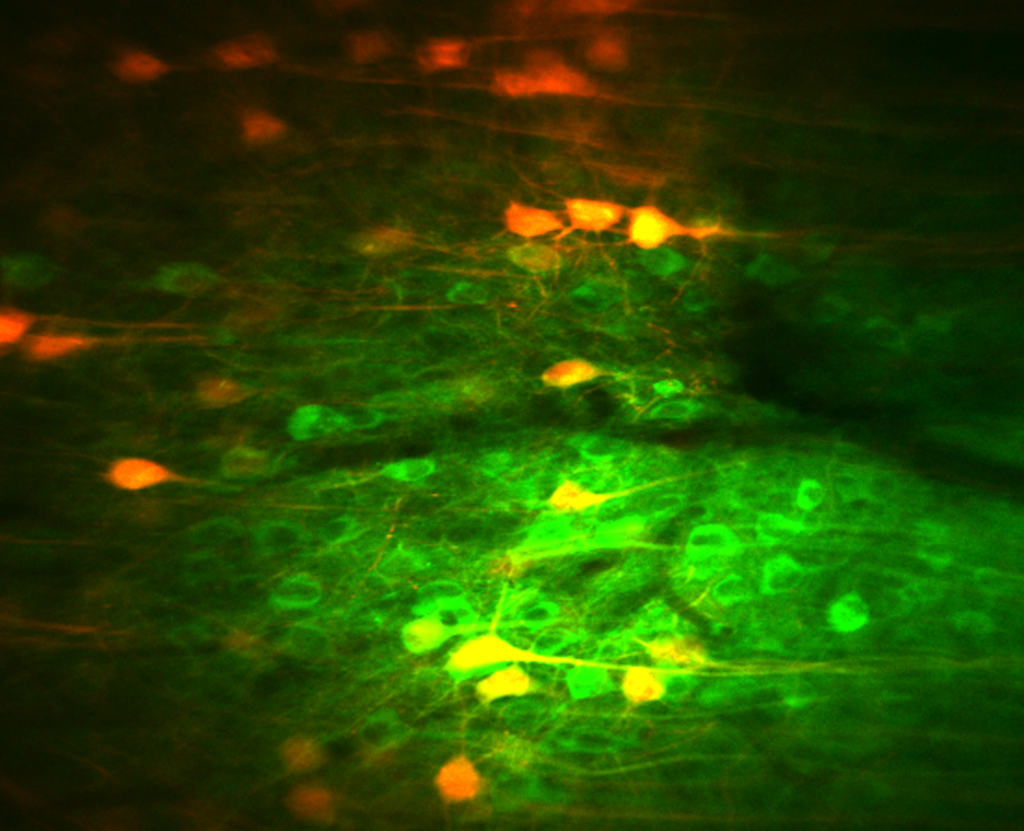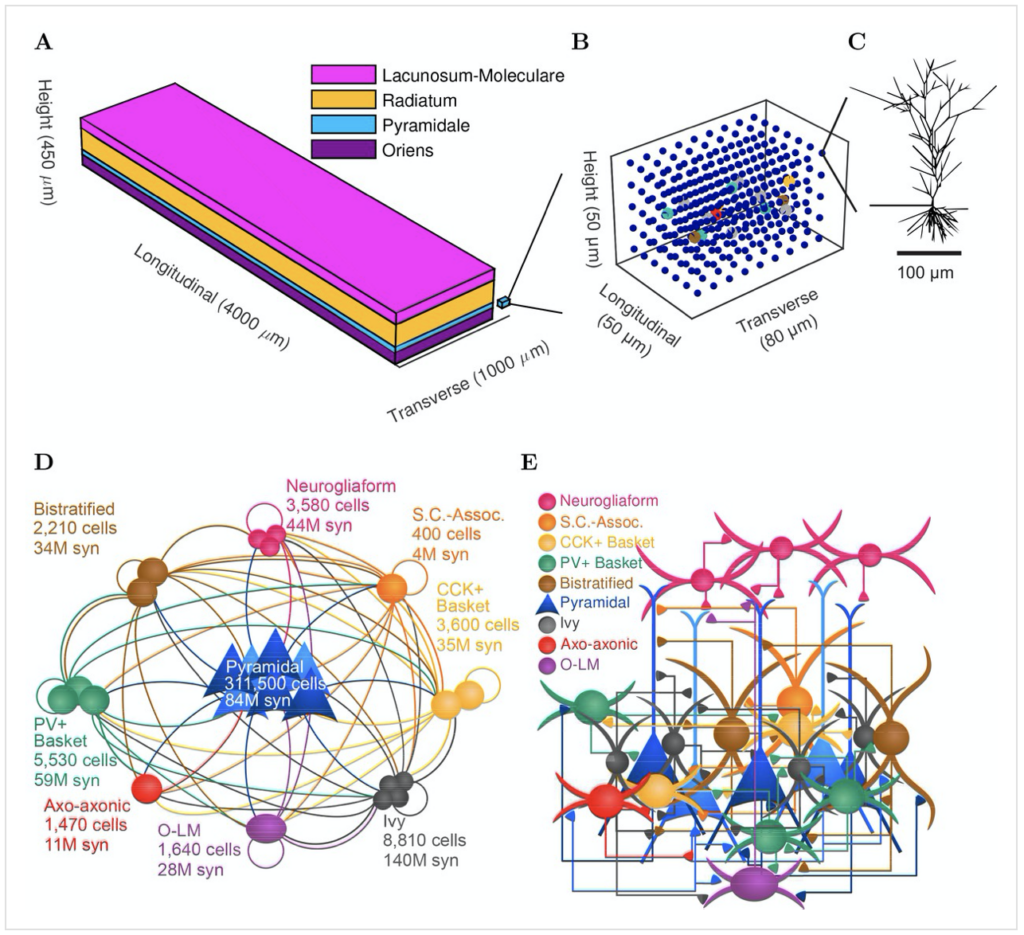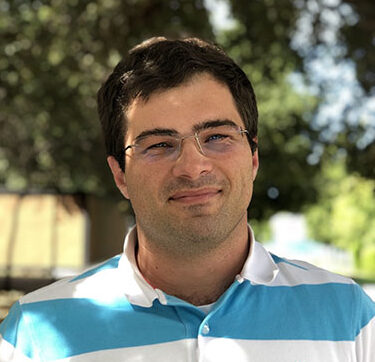To monitor the activity of specific cells during unrestricted behavior, we use open-source head-mounted miniscopes developed at UCLA (miniscope.org) to measure calcium activity. The main advantage of this approach over head-fixed 2-photon imaging is the ability to perform a broader range of behavioral tasks including artificial intelligence-based behavioral analysis. Combining these cell type-specific recordings with unbiased sub-second behavioral analysis using AI facilitates the characterization of the cellular underpinnings of behavior at a resolution not possible with conventional approaches.
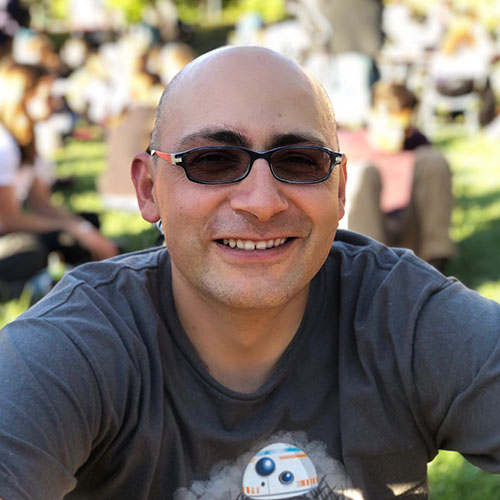
Research Scientist
Gergely Szabo
Gergely is a Basic Life Research Scientist whose main focus is studying the structure and function of hippocampal inhibitory circuitry and its involvement in learning and memory, utilizing techniques such as electrophysiology, optogenetics, and imaging. Gergely received his MS in Biology from Eotvos Lorand University in Hungary and his Ph.D. in Neuroscience from Semmelweis University in Hungary, after which he joined the Soltesz Lab as a postdoctoral fellow.
Email:szergely@stanford.edu
